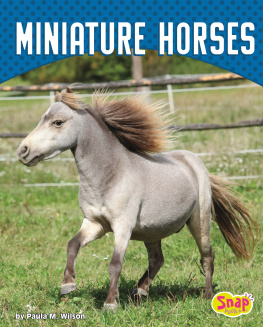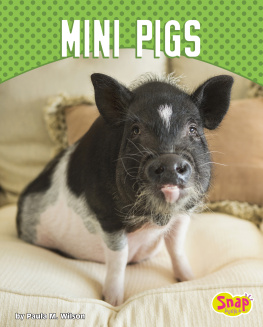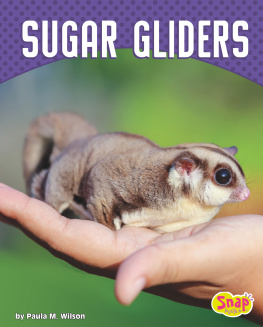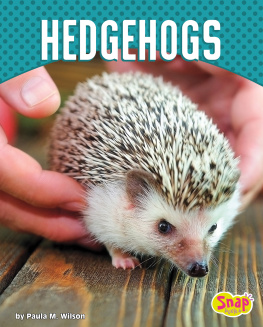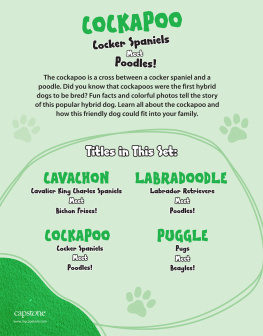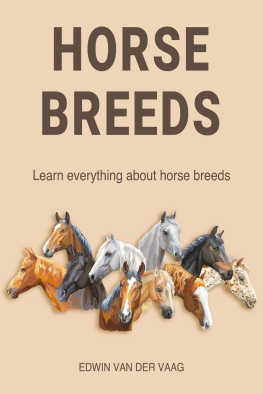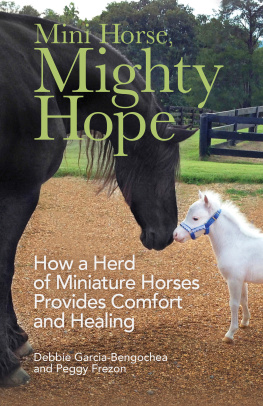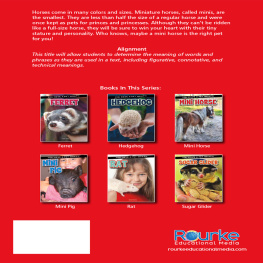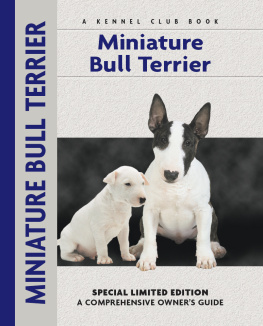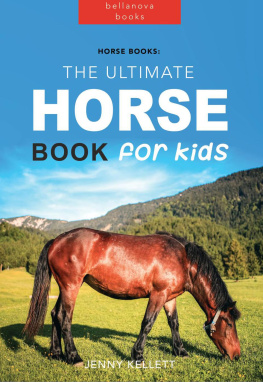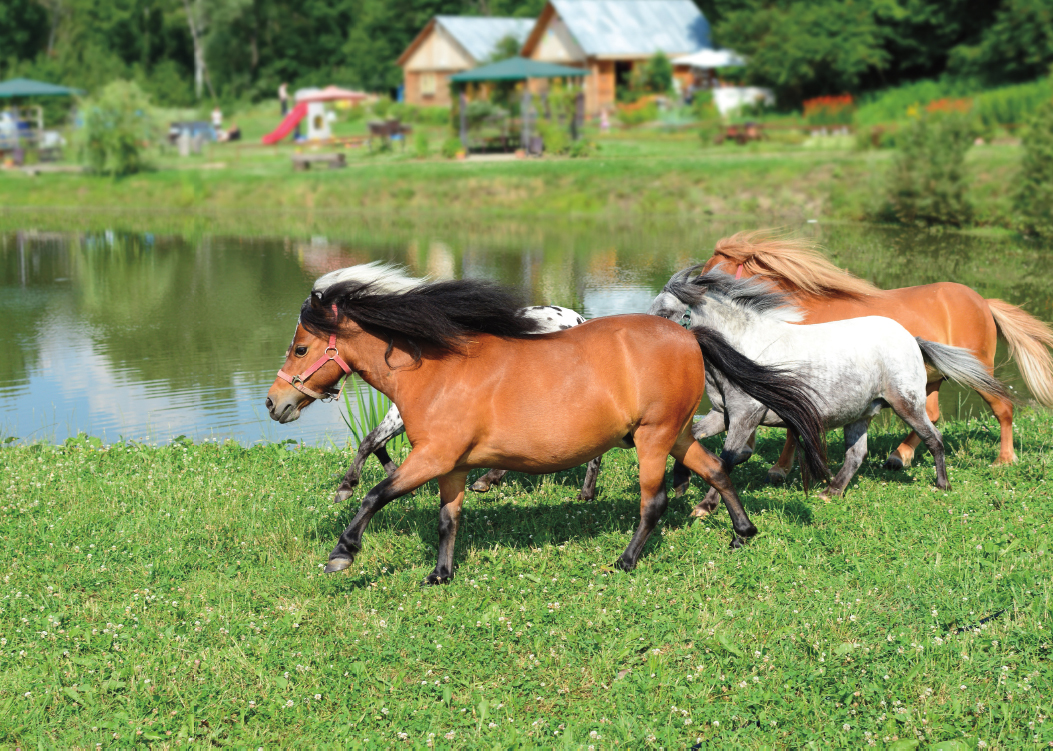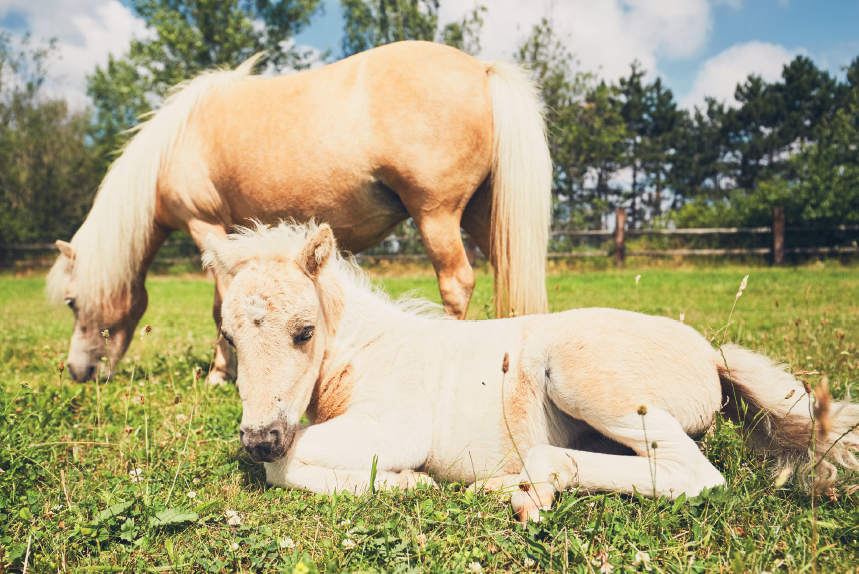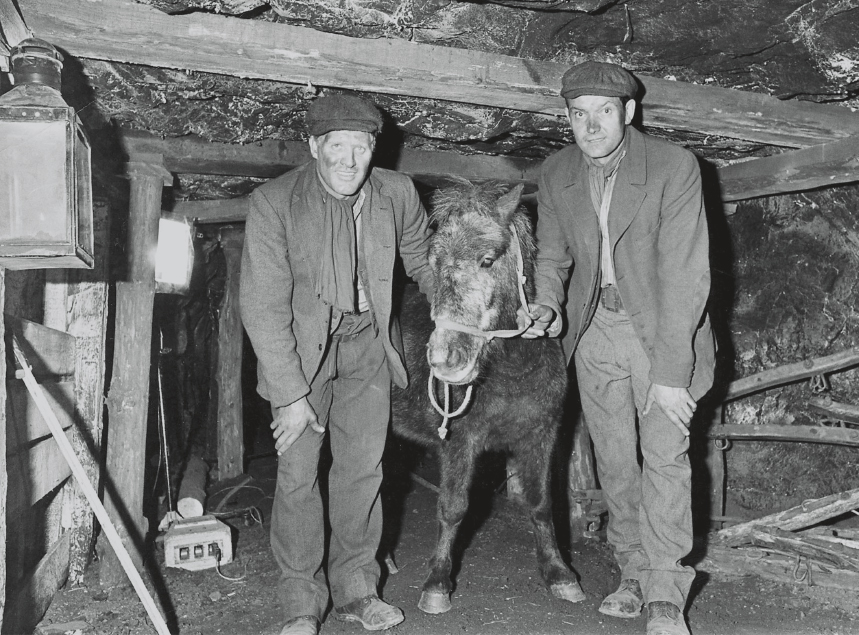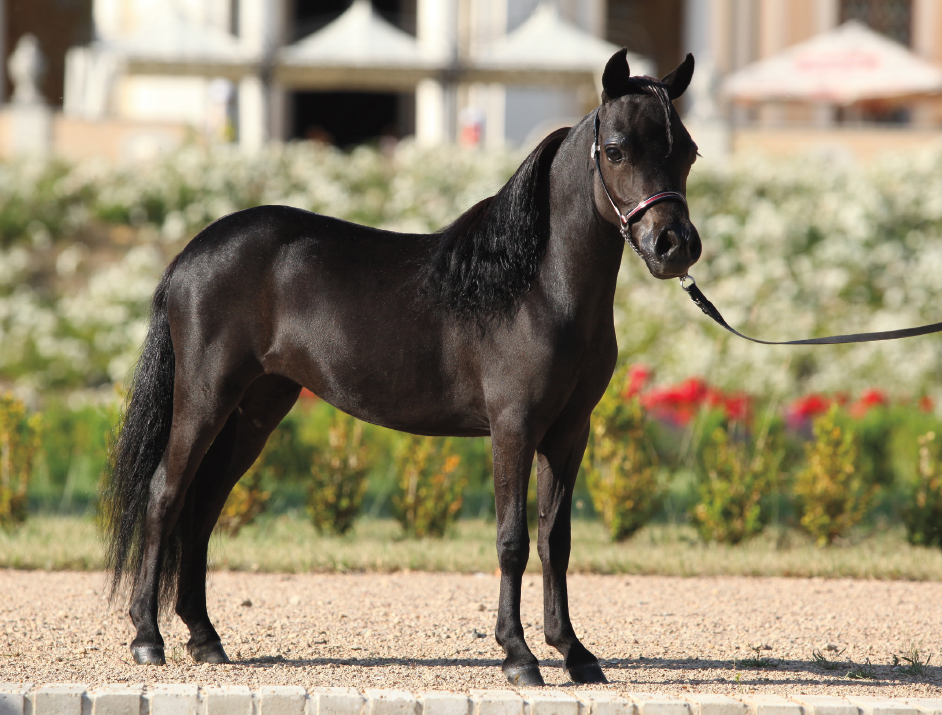GLOSSARY
(AY-kur) a measurement of area equal to 43,560 square feet (4,047 square meters); an acre is about the size of a football field (uh-FEK-shuh-nit) showing a great liking for someone or something (AN-sess-tur) a distant relative from long ago (BREE-der) a person who raises animals to sell (dih-SEN-dent) a person or animal who comes from a common group of people or animals from the past (duh-MESS-tuh-kate) to tame something so that it can live with or be used by humans (dye-JESS-tiv SISS-tuhm) the body organs that break down food into energy and get rid of waste (FAE-ri-er) a person who takes care of a horses hooves (GELD) to operate on a male animal so it is unable to produce young (GRAYZ) to eat grass that is growing in a field (NUHZ-uhl) to touch or rub with the nose (oh-BEE-sih-tee) to be extremely overweight (vak-sih-NAY-shun) a shot of medicine that protects from a disease (WIN-ee) a gentle, high-pitched sound; the word is often used to describe horse sounds
READ MORE
- Bratton, Donna Bowman.From Head to Tail: All about Horse Care. Crazy about Horses. North Mankato, Minn.: Capstone Press, 2014.
- Gale, Kendra.The Big Book of Miniature Horses: Everything You Need to Know to Buy, Care for, Train, Show, Breed, and Enjoy a Miniature Horse. North Pomfret, Vt.: Trafalgar Square Books, 2017.
- Matzke, Anne.Mini Horse. You Have a Pet What?! Vero Beach, Fla.: Rosen Educational Media, 2015.
- Thatcher, Henry.Clydesdales and Miniature Horses. Big Animals, Small Animals. New York: PowerKids Press, 2014.
- Wood, Alix.Miniature Horses. Mini Animals. New York: Rosen Publishing, 2017.
CHAPTER 1
MEET THE MINIATURE HORSE
Whats the first thing you notice about miniature horses? Maybe its how cute they are! These charming animals look just like full-sized horses, only much smaller. Miniature horses are not only adorable. They are also smart, gentle, and . They are social animals that like being around people. Their friendly nature and small size make them wonderful pets.
A miniature horse can be a great pet for people who might not be ready for a larger horse. Miniature horses can be easier to handle than larger horses. They need less food and do not require as much space. Owning a miniature horse has other rewards. It forms a strong bond with its owner. It becomes a part of the family.
Mini horses are herd animals and often are happiest with other horses.
SOCIAL HORSES
Miniature horses are popular on social media. Dozens of Facebook groups feature miniature horses for sale. They also show photos of everyday life with this pet. Crunch and Lippy, two miniature horses from Australia, have 232,000 followers on Instagram.
SMALL YET STUNNING
How big is miniature? Miniature horses weigh 150 to 250 pounds (68 to 113 kilograms). To be considered miniature, they cannot be taller than 34 inches (86 centimeters). Their height is measured from the ground to the top of their shoulders where the mane ends. What they lack in size they make up for in beauty. Miniature horses can be a variety of colors. They may be black, brown, chestnut, or gray. Some are more unusual colors called palomino and pinto. Many have speckles or spots.
Palomino horses have a golden shade to their coats.
SUPER SENSES
Horses eyes are set wide apart. This lets them see a wide area at one time. Horses can see almost all the way behind themselves. They also can see very well at night. Horses have very good hearing too. This helps them sense danger. Miniature horses communicate with sounds and body language. They make snorts, , and squeals. A horses ear and eye movements communicate different things, such as danger or fear.
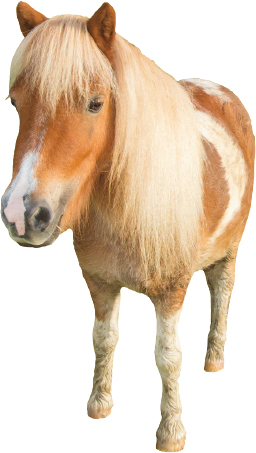
DID YOU KNOW?
Horses, including miniature horses, cannot vomit. Food can only travel in one direction through their .
HORSES FROM LONG AGO
Miniature horses are wild horses. They used the animals for food, transportation, and farming.
People first bred miniature horses in the 1700s. European royalty got them as pets for their children. Miniature horses also worked in mines pulling heavy carts full of coal. This strong animal can pull three to four times its body weight. It could also fit into small spaces in the mines. These work horses, often known as pit ponies, worked long hours underground.
In the late 1800s, more than 200,000 miniature horses and ponies worked in coal mines.
A HORSE IS A HORSE, OF COURSE
Miniature horses are different from ponies. In fact, miniature horses have more in common with fullsized horses than with ponies. Ponies have wider and shorter necks and shorter legs than horses. Their coats and manes are thicker than those of horses.
Miniature horses first came to the United States in 1888. Here they also worked in coal mines. However, in the 1950s new machines could remove coal from the mines. Miniature horses were no longer needed. During this same time, miniature horses were becoming more popular as pets.
CHAPTER 2
MINIATURE HORSES AS PETS
Miniature horses are popular pets in the United States and Canada. Families in England, Holland, Japan, and Australia also keep them as pets. People of all ages can enjoy having a miniature horse. Miniature horses make especially great pets for children. Kids can learn how to care for and ride a miniature horse before they move on to a full-sized horse.
To get ready for horse shows, some owners give their miniature horses a hair cut, called clipping.
SHOWING OFF
More than 250 shows for miniature horses take place each year in the United States and Canada. One is the American Miniature Horse Association World Championship in Fort Worth, Texas. Owners show off their horses skills in dozens of categories. These include carriage driving, obstacle courses, showmanship, and jumping.
Some people keep miniature horses simply as companion pets. They spend time caring for and developing a bond with the animal. Other owners also train miniature horses to compete in shows. Owners or trainers prepare the horses for competition in different categories. One category is fence jumping. In this contest, a horses owner runs alongside it as it leaps over obstacles.

